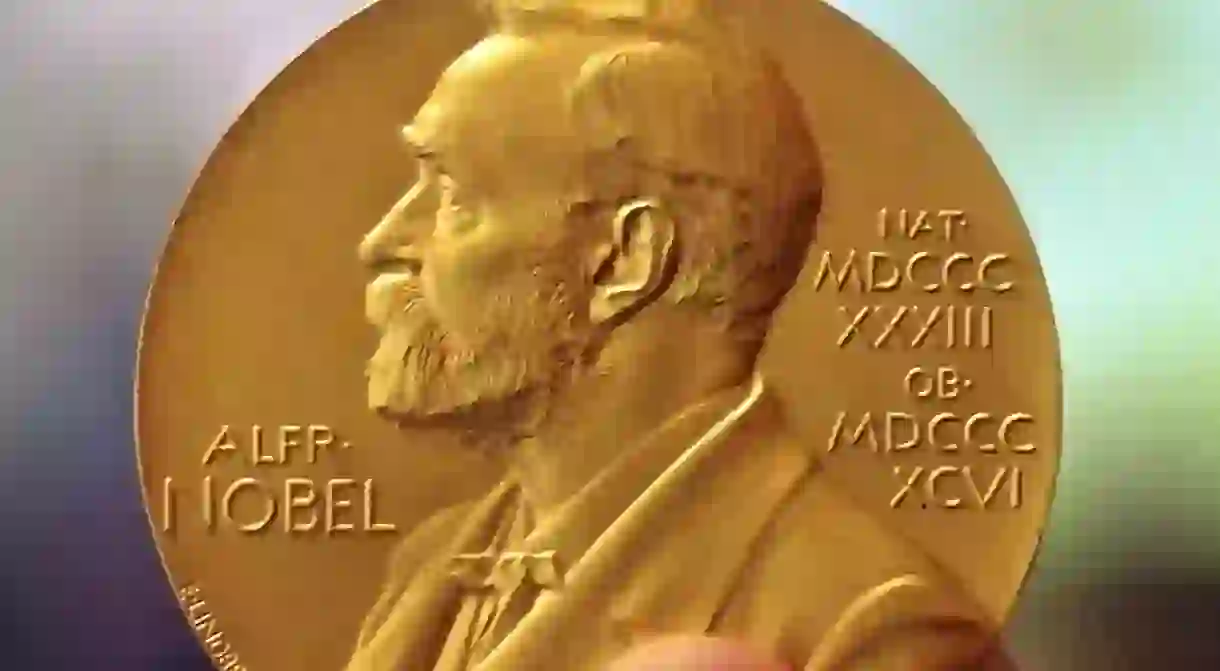How Latin America's Six Nobel Laureates Shaped the Continent's Literary Scene

Latin American writers began to grab the international spotlight in the 1960s, when the region produced a range of powerful new voices that came to redefine its literature. A literary boom was underway amid a background of political turmoil throughout the region. The first three Nobel laureates on this list were bona fide boom writers, but the last three demonstrate that great Latin American literature began long before the 1960s.
Mario Vargas Llosa – 2010 Winner
The Peruvian writer Mario Vargas Llosa first came to prominence with his 1963 novel The Time of the Hero. Set in the Lima military academy where Vargas Llosa had spent his teenage years, the novel uses modernist techniques: employing multiple perspectives and experimental sequential arrangements.
Noted for his prolific output, Vargas Llosa’s most celebrated work is his sprawling 1981 masterpiece, The War of the End of the World. The novel tells the story of the remote village of Canudos in late 19th-century Brazil, which was formed in northeastern Brazil by the Brazilian preacher Antônio Conselheiro. The religious mystic rallied thousands of impoverished farmers and former slaves to form a new society, which took up arms when it was threatened by the Brazilian government.

Octavio Paz – 1990 Winner
Octavio Paz was a prolific Mexican poet and essayist. His surrealist poem Piedra de Sol (Sunstone) is a 584-line, circular masterpiece that is based on the Aztec calendar and touches on themes such as eroticism, death and the Spanish Civil War.
However, Paz’s most famous work is The Labyrinth of Solitude, a series of essays on Mexican culture. The book deals with his countryman’s solitude, fiesta culture and Mexico’s unique obsession with death.

Gabriel García Márquez – 1982 Winner
Widely regarded as the greatest literary mind Colombia has ever produced, Gabriel García Márquez’s most celebrated work is his novel One Hundred Years of Solitude. Published in 1967, the novel tells the story of the eccentric Buendía family, who live in the mythical village of Macondo. The tragic yet hilarious masterpiece popularized the magical realism genre, which mixes historical facts and events with fantastical elements.

Pablo Neruda – 1971 Winner
The Chilean Pablo Neruda was without doubt Latin America’s most celebrated poet. Published in 1924, his Twenty Love Poems and a Song of Despair is one of his most popular collections. Neruda’s 1950 epic Canto General is widely regarded as his masterpiece. A close friend of Chilean socialist President Salvador Allende, many suspect that Neruda was murdered on the order of Augusto Pinochet, the dictator who stole power from Allende in a US-backed coup d’état in 1973.

Miguel Ángel Asturias – 1967 Winner
The Guatemalan poet and novelist Miguel Ángel Asturias published his most famous works before the Latin American literary boom, but is widely regarded as having paved the way for it by drawing attention to the region’s literature. His most well-known novel is El Señor Presidente (Mr. President) which centers on the life of a ruthless dictator. A biting commentary on political rule in his native Guatemala, the novel also uses magical realist techniques such as those later employed by García Márquez.

Gabriela Mistral – 1945 Winner
The first Latin American to receive a Nobel Prize in Literature, Chilean poet Gabriela Mistral tackled themes such as love, betrayal and sorrow. She also made a clear distinction between Latin American and European identity, addressing indigenous American influences on her culture.
While working as a teacher in 1906, Mistral formed a close friendship with a railway worker. His suicide three years later was a defining episode of her life. She never married and love and loss became defining features of her writing. Mistral’s portrait is currently featured on Chile’s 5,000 peso bank note.














